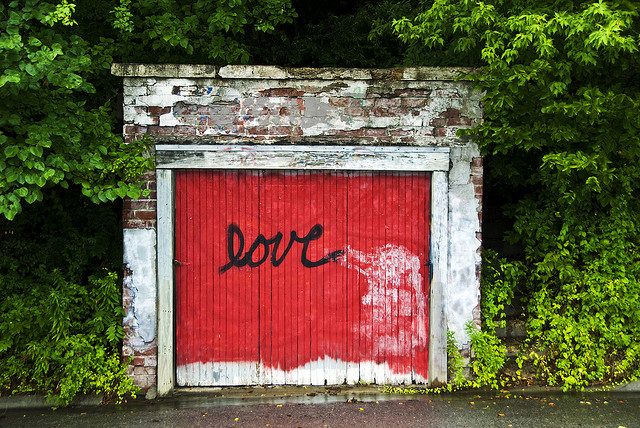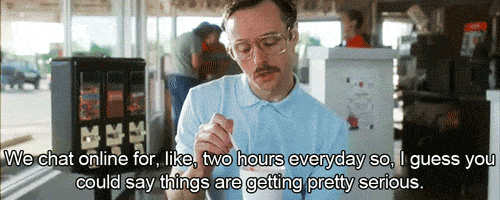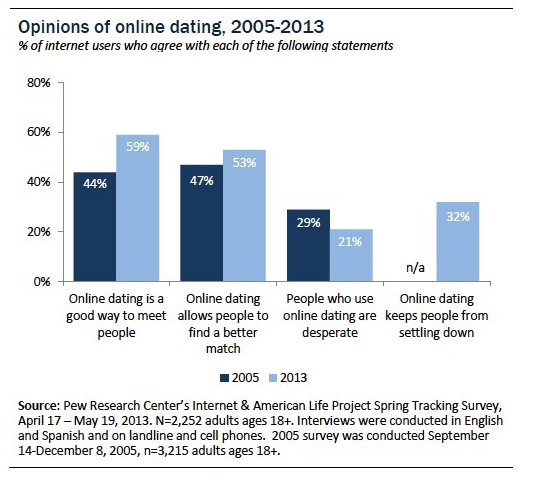Romantic love occupies a significant amount of space in both popular culture and, often, the human psyche. It is why the girlfriend activation system free download has access to pieces of information when it comes to romantic love. It is the muse of artists, musicians, and poets; the downfall of great characters; the impetus for sheer giddy joy, deep comfort, and the sharpest most debilitating pain. Truly, what else matters when you’re in the arms of a lover? What else is of import after a lover breaks your heart? Of course, romantic love, as conceived in the contemporary West, has an end game: marriage and/or life partnership along with the formation of a family.
This has not always been the case, and is not the case everywhere. The notion of romantic love began with knights and ladies of nobility and had nothing to do with marriage, or even sex, while arranged marriages and dowry agreements have little to do with romantic love. That is, the coupling of love with marriage is not compulsory, but culturally constructed as such. And it strikes me, when I think about it, as a bit of an odd couple.
The historically situated pairing of love with marriage and family is located at the unlikely intersection of pure bodied emotion and capitalist practicality. Marriage is simultaneously the penultimate form of, and antithesis to, romantic love. The family unit is at once a means of expressing undying commitment rooted in human connectedness and a means of pooling resources. Like most social conventions, people have largely been able to play out the love-marriage pairing without conscious consideration of its uncomfortable tension, employing fate-based love narratives while opening shared bank accounts and enjoying spousal health benefits. What is fascinating, though, is how the tension remains concealed in the face of what should be—I think—its ultimate revelatory threat: the spread of online dating services[i].
The business of love has a long history, and certainly pre-exists Match.com and eHarmony. Marriage agencies popped up in England in the 18th century, and dating agencies appeared in the U.S. following WWII. And of course, as immortalized by Rupert Holmes, Newspapers have long offered pay-by-the-character personal ads. These services, however, operated discretely and tacked a stigma onto those who utilized them.
This stigma carried over into the digital age through comedic tropes of unattractive or socially clumsy singles searching for love online. Rooted in both digital dualism and fantasies of authentic love, to say one met a lover on The Internet was to deeply discredit the relationship. This, however, is no longer the case.
According to Pew, 38% of those who are single and looking have used online dating services, 60% of American adults think it’s a good way to meet people, and only 20% think it connotes desperation in those who do it. These stats, which are over a year old and don’t yet account for usage or changing attitudes over the last year (which, I imagine, move in the direction of higher usage and greater acceptance) indicate that these services, which explicitly commodify and bureaucratize love, have worked into the mundane practices of dating publics and shed their stigmatizing connotation.
The use of any dating service poses a threat, at an individual level, to the fantasy of authentic love. The business transaction that grants access to potential partners; the intentionality of sorting and filtering characteristics—rather than relying on an inchoate spark factor; the calculated effort to find love, rather than allowing love to find you, all make the maintenance of a fate-based narrative difficult to maintain. Indeed, dating services irrevocably alter the fate-based narrative’s key component: the origin story. Rather than eyes meeting across the room or physically bumping into someone in a hallway—a-la 1980s film lore—those who employ dating services meet because they signed up for a service and that service was rendered. The now widespread use of dating services and proliferation of dating platforms extends this threat beyond the individuals who use them, to the very idea of authentic love. The fate-based narrative, as a social fact, should be in peril. And yet, I don’t believe it is. Musicians keep singing about it, films keep telling love’s story, and many of my friends who use dating services continue to talk about finding “The One.”
In short, the landscape has drastically changed but the narrative, not so much. The maintenance of romantic love as a cultural construct, personal striving, and affective embodied response to courtship rituals speaks to the resiliency of normative culture and its instantiation through human action. Even as we transact and negotiate romantic relationships; even as we agree upon terms; even as we screen partners and subject ourselves to screening; we nonetheless speak of butterflies and hope for magic.
Follow Jenny Davis on Twitter @Jenny_L_Davis
Headline pic: source
Napoleon Dynamite: Source
[i] Certainly, not everyone who uses dating sites does so for purposes of love or marriage. Some use these services for casual sex or even friendship. For instance, I’ve known heterosexual women to use dating sites to seek out women friends with similar interests after moving to a new city. Similarly, not all partner-connection services are geared towards love or marriage. The mobile location based apps, in particular, have stronger sexual—rather than gooey romantic/family formation—connotations. But there are services which promote marriage as the ultimate goal—such as eHarmony which advertises its high rates of “successful” matches as measured in marriages— and many users who employ these services towards matrimonial ends. It is these services and these users to whom I refer.




Comments 4
Comradde PhysioProffe — August 3, 2014
Nice post. I remember when the first of my friends to have met their future spouse on the Internet got married almost 20 years ago, and it seemed so bizarre and exotic.
One question: Is there some other Croce song you meant to link, because Operator doesn't seem to have anything to do with classified newspaper ads?
Online Dating and the Bureaucratization of Love... — August 6, 2014
[…] What is fascinating, though, is how the tension remains concealed in the face of what should be—I think—its ultimate revelatory threat: the spread of online dating services[i]. The business of love has a long history, and ... […]
Exposed: Constitution through Contradiction » Cyborgology — August 9, 2014
[…] week I wrote about the curious case of traditional love narratives in the face of online dating. In short, the […]